Last updated on 2025-10-26
SIGMA DP2 Merrill レンズ一体型カメラのレビューと写真作例
- 本サイト表示の広告詳細は本リンク先に記載、本文中斜め文字のリンクはアフィリエイトリンク
ギャラリー
画像はクリックすると拡大する
レビュー
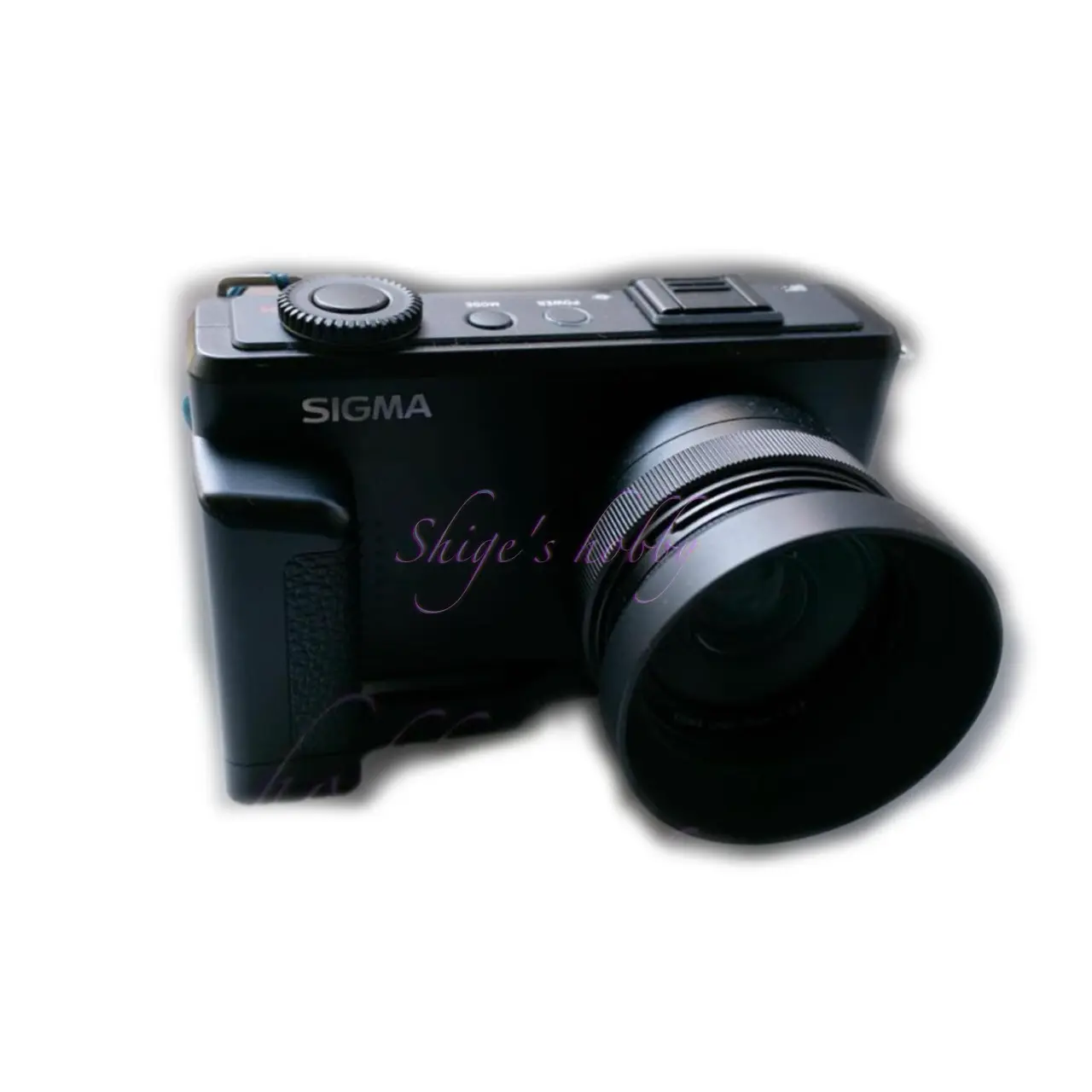
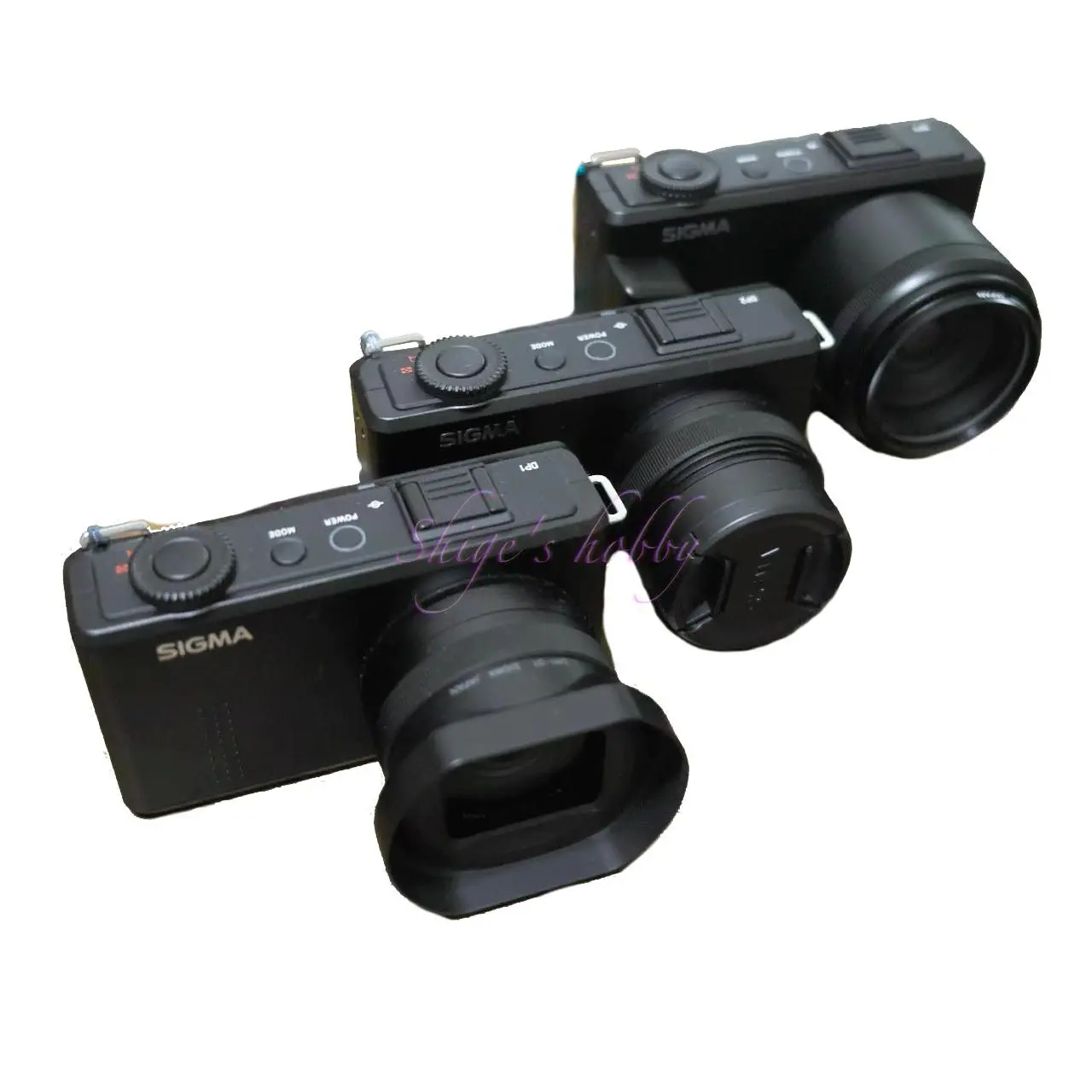
1.概要
DP2 merrillは2012年に発売されたDP2の後継カメラ。
デジタルカメラの肝である、センサーは一眼レフカメラのSIGMA SD1と同じAPS-Cサイズの第3世代Foveonセンサーを搭載しており、解像度は1500万画素 x3層となっている。
X3F形式のRaw画像では約50MBのファイルが生成される。
センサーサイズが1.5倍のAPS-Cサイズになっため、レンズは新規開発の焦点距離30mmを採用している。このレンズは35mm判換算焦点距離は45mmとなる。
バッテリーはリチウムイオンバッテリーのBP-41。
画像記録形式はRaw形式にX3F、JPEGの記録に対応している。
2.使用感
DP2 merrillを手に持った感触はプラスチックでチープなボイディだが、コンパクトなボディにAPS-Cサイズの高性能センサーを搭載し、35mm判換算45mmという焦点距離だけみれば標準レンズ相当のレンズを持っており、スナップ撮影によい選択肢となるはずだった。
昔のマニュアルフォーカスレンズのように距離指標位置を設定して、目測で景色を素早く切り取るような芸当はできない。
レンズが電気仕掛けでレンズ鏡筒に距離指標や被写界深度の目盛りもない。また、ピント位置の固定方法に面倒があるため、スナップにはあまり向いていないと言わざるをえない。他社カメラのように、指定距離でフォーカスを固定するような機能も無い。
DP2 merrillでフォーカス位置を固定したいというユーザーには、AF/MF切り替えでフォーカス位置を固定する方法が以下のウェブサイトで紹介されているので参考にして欲しい。
また、残念ながらDP2 merrillはシグマ・コンパクトデジカメの伝統を引き継ぎ、電気系統が貧弱で電池持ちが悪いこと、処理系の貧弱さによるレスポンスの悪さ、手ぶれしやすく、露出スィートスポットの狭さという弱点があることも、スナップ向きではないと考える理由の一つだ。
最短撮影距離は28cmで、実焦点距離焦点距離なりの焦点距離をほぼ10倍した値となっており、無理なレンズ設計にはなっていないようだ。
最短撮影距離の短縮には、専用オプションのクローズアップレンズ、AML-2を装着することにより、19cmまで短縮される。
最短撮影距離についてはAML-2の存在から、シグマ自身がDP2メリルには最短撮影距離に物足りないことを自覚していたと思われる。しかし、後継機のdp2 Quattroは最短撮影距離が28cmのままでクローズアップオプションは無くなった。AML-3がリリースされなかった正確な事情は不明だが、推測するならば、以下2つの理由からであろう。
- マクロ領域を担当するカメラDP3シリーズが製品ラインに入ったため
- AMLシリーズがあまり売れなかったため
クローズアップレンズについては、以下に参考になる情報がある。
また、AML-2は49mmのねじ込み式なので、49mm径のレンズであればそのまま使用でき、径があわない場合はステップアップ、ステップダウンリングで径変換して使用することができる。
構図確認だけの専用のビューファインダー VF-21はDP2から引き続きとなっている。DP2は1.7倍のAPS-Cセンサーを積んでいるため、レンズの実焦点距離は24.2mmで、35mm版換算では42mmとなる。DP2 Merrillの35mm版換算45mmとは3mmの差があるが、VF-21は「視野率:縦85% 横85%」と実際の撮影範囲に対して、15%の誤差を含んでいるため、焦点距離3mmの差は問題にならないとの判断だろう。実際、近接撮影をするとパララックスによりVF-21の見えている範囲と、実際の撮影範囲のズレは大きくなる。
DP2 merrillは2024年時点で発売から、すでに10年以上が経過しているのでオールドコンデジと呼ばれるカメラにはいる。
2020年代の中古価格は、それなりに高価格で取引されているが、JPEGクオリティがよくないこと、X3Fファイルの扱いづらさ、バッテリーの持ち、2024年時点でシグマの修理対応が終了していることなどを考えると高価だと手を出す気がしない。
Foveonセンサー搭載カメラの代替として、DNG対応、2024年現在修理対応機種であるdp2 Quattroを買うのがよい選択と思える。しかし、dp2 Quattroのトンファーボディは見た目のインパクトは携帯性の悪さとイコールでカメラバックへの収まりも悪いため、持ち運びに難儀がともなうことは覚悟する必要がある。
シグマがDP2 merrillのボディを流用してQuattroセンサーを積んだカメラがリリースしなかったのは本当に残念だ。DP2からDP2 merrillはセンサーサイズが変わったため、ボディが大型化するのはやむをえないと理解できるが、DP2 merrillからdp2 Quattroの形状変化は一ユーザーとしては理解しがたい変更だ。
シグマはつねに新しいものを作ろうという気概は素晴らしいと思う。会社のポリシーの違いと思われるが、リコーのようにキープコンセプトで中身をブラッシュアップする手法をとる方がベターなこともあるため、そのバランス感覚は必要だとシグマの新カメラを見るとたびたび感じる。
DP2 merrillの購入を決断したのは、かなり不純な動機で、2013年の2月から6月まで、シグマがDPシリーズを購入するとキャッシュバックするキャンペーンをやっており、それを目当てに買いそろえた。
3.まとめ
結論としてDP2 merrillについてまとめると、45mm相当の標準レンズを搭載したレンズ一体型カメラで、街中で視界に近い範囲を切り取るのに適したスペックだ。しかし、カメラ自身の完成度が低いため、とっさの撮影ができるようなレスポンスは持ち合わせていない。
また、シグマ・コンパクトデジカメの伝統を引き継ぎ、電気系統が貧弱で電池持ちが悪く、処理系の貧弱さによるレスポンスの悪さというDPメリルシリーズ共通は解消されていない。そして、このカメラもすでにメーカー保証、修理対応はできないことに注意が必要である。
X3Fファイル
X3Fファイルは、R,G,Bの3色の情報を1ピクセル毎に保存しているため、通常のベイヤーセンサーの3倍のデータ量となる。
DPメリルシリーズに搭載される、SIGMA SD1と同じAPS-Cサイズの第3世代Foveonセンサーは、解像度は1500万画素 x3層となっており、X3F形式のRaw画像を保存すると約50MBのファイルが生成される。
ベイヤーセンサー1億画素のHASSELBLAD X2DのRawデータのファイルサイズが200MBなので、ファイルサイズから、1500*3=4500万画素のデータを持っていると考えられる。約5000万画素のデータ量を2012年に実現していたので、撮影後のファイル書き込みが遅い、PCの処理が重いというのは当時では仕方が無かったことだろうと2024年になって思うところだ。
このX3Fを処理するSIGMA PHOTO PRO(以下、SPP)はSD9のころから使用しているが、不安定、動作が遅いと文句を言っていたが、2024年のM2 Pro搭載のMac miniで使用したところ、SPPの不用意なクラッシュはほとんど見られず、画像の処理速度も実用に十分な速度に達していることを実感した。PCのCPUパワー増大による処理速度向上の恩恵を感じる出来事であった。
フリーウェアのX3FをDNGに変換するユーティリティソフトも使用してみたが、使用した時期のバージョンではDNGに変換した後の画像をかなり処理しないとSPPと同じクオリティにすることが難しく、使いこなしが難しい印象だった。その後改良されているかは不明である。
DNG変換後の画像がSPPデフォルトと同等の画像を得ることができれば、他のソフトで微調整をするのが他のソフトウェアを使い慣れたユーザーには理想的な作業フローだが、そううまい話では無かった。変換ソフトは個人が作成したフリーウェアなので、利用者が文句を言う筋合いが無いことも確かである。
画像処理ソフトのAffinity Photoで現像ができることがわかったので、こちらのページでテストしてみた。こちらもSPPと同じ結果を得るためには、入念に調整方法を研究しなくてはいけないことはわかっているが、SPPがストレス無く調整した画像を出力できるようになったため、あまり深追いはしていない。SPPで出力したJPGをAffinity Photoで最終調整するのが今のところベターな作業フローだと考えている。
2024年現在、新規Foveonセンサーの開発は滞っているようである。今後、新しいX3Fデータに巡り会うことがあるのか、興味深く待っている。
JPEG画像
DP MerrillシリーズのJPEG記録は、もっとも高画質なJPEG High Fineで 約10 MB (4,704×3,136)となっており、画素数は3層センサーの1層分の画素数となっており、これは1層で1500万画素あるため、2012年時点では十分なが総数なので合成画素によるドット数の増加は不要と判断されたようだ。
また、当時の画像処理チップではRaw画像からJPEG画像を生成する処理が重く、とても画素増しまではできなかった可能性もある。
そもそも、X3FファイルをSPPで現像した画像と撮影結果のJPG画像のクオリティの違いから、DP2 MerrillでJPGを使うことはなかった。
メリル・シリーズカメラ
DP Merrillシリーズは焦点距離の違いで、35mm判換算28mm相当のDP1 Merrill、45mm相当のDP2 Merrill、75mm相当のDP3 Merrillの3機種が発売された。
いずれのカメラボディも凹凸の少ないスクエアな形状で、素の状態ではすこし持ちづらいが、サードパーティの後付けグリップや、革ケースを装着することにより改善できる。
3つのカメラはレンズ部以外の寸法は同じなので、グリップなどのオプションは使い回すことができる。とくに、DP1メリルとDP2メリルはレンズサイズもほぼ同じで、レンズの銘板とボディ右上の型番を見ないと違いが分からない。
互換バッテリー
バッテリーのBP-41はリコー GR系コンパクトカメラで採用されたDB-65と互換性がある。そのほか、フジフィルム、ライカ、パナソニックでも同形状の採用があり、互換バッテリーの入手には困らないのは良い点だ。
仕様・DP2 MerrillとDP2
| 項目 | DP2 merrill | DP2 |
| カメラ有効画素数 | 有効画素:約46MP (4,800×3,200×3) | 有効画素:約1,406万画素 (2,652×1,768×3層) |
| 焦点距離 | 30mm 35mmカメラ換算:45mm相当 | 24.2mm 35mmカメラ換算:41mm相当 |
| レンズ構成 | 6群8枚 | 6群7枚 |
| 最大絞り | 2.8 | 2.8 |
| 最小絞り | 16 | 14 |
| 絞り羽根 | 9 | 7 |
| 画像処理 | 不明 | True II |
| 撮像素子 | FOVEON X3®(CMOS)・23.5×15.7mm | FOVEON X3®(CMOS)・20.7×13.8mm |
| 背面液晶 | 3.0型・92万ドット | 2.5型・23万ドット |
| 外付け光学ファインダー | 光学式ビューファインダー VF-21 | 光学式ビューファインダー VF-21 |
| 最短撮影距離(m) | 0.28 | 0.28 |
| バッテリー | リチウムイオンバッテリー BP-41 | リチウムイオンバッテリー(BP-31) |
| 記録メディア | SDメモリーカード SDHCメモリーカード SDXCメモリーカード マルチメディアカード | SD メモリーカード SDHC メモリーカード マルチメディアカード |
| 外形寸法(mm) 幅 x 高さ x 奥行 | 122 × 67 × 59 | 113.3 × 59.5 × 56.1 |
| 重量(g) (電池、メモリーカード除く) | 355 | 260g |
| リリース年 | 2012.7.12 | 2009年4月24日 |
| 価格 | 9万9,800円前後(Open) | 69,800円(Open) |
- 下図はSIGMA社のウェブサイトより引用し、サイズはこちらで調整しているため、厳密ではない。
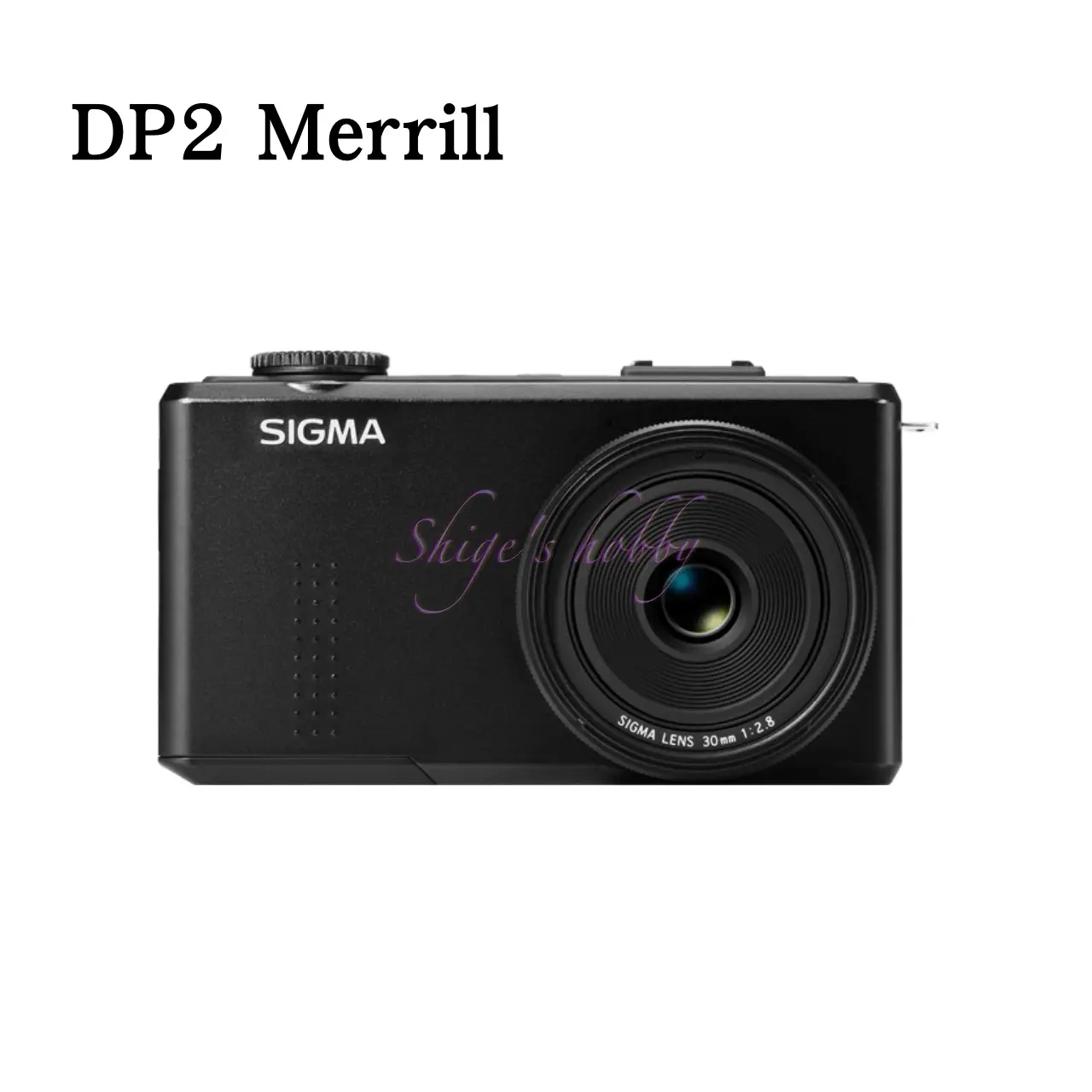
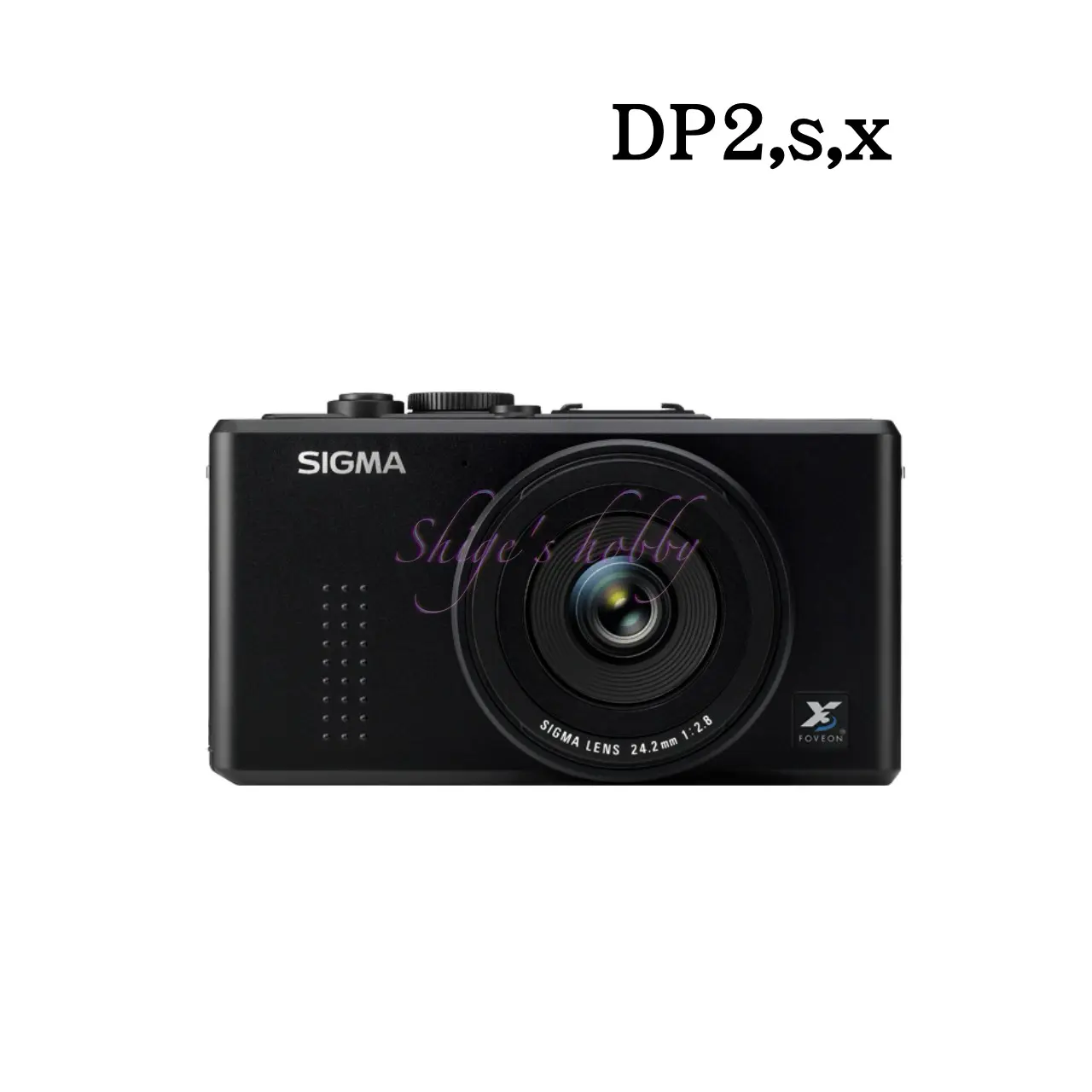
オプション
- VIEW FINDER : VF-21
- LENS HOOD : LH2-01
- CLOSE-UP LENS : AML-2
- ELECTRONIC FLASH : EF-140 DG
- そのほかサードパーティーより、ハンドグリップがリリースされた。
広告
- 本サイト表示の広告詳細は本リンク先に記載、本文中斜め文字のリンクはアフィリエイトリンク

Amazon Prime Sale
- シグマ DP 中古・Ads by Rakuten
- シグマ SD 中古・Ads by Rakuten
- シグマ SD 中古・Ads by Rakuten
- シグマ・Ads by Amazon
- シグマレンズ・Ads by Amazon
- シグマ書籍・Ads by Amazon
- シグマ SD14・Ads by Amazon
- シグマ SD15・Ads by Amazon
- シグマ SD1・Ads by Amazon
- SIGMA BP-21・Ads by Amazon
- SIGMA レンズフード LH1-01・Ads by Amazon
- フード:HA-11 (DP1,DP1s,Dp1x向け)・Ads by Amazon
- ファインダー:VF-11(DP1シリーズ向け 28mm相当)・Ads by Amazon
- dp0 Quattro・Ads by Amazon
- sd Quattro H・Ads by Amazon
- BP-41・Ads by Amazon
- DB-65・Ads by Amazon
- DP1メリル・Ads by Amazon
- DP2メリル・Ads by Amazon
- 光学式 ビューファインダー VF-21・Ads by Amazon
- SDHCメモリーカード・Ads by Amazon
- SDXCメモリーカード ・Ads by Amazon
参考情報
- DP2Merrill公式ページ
- SIGMA AML-2 Close-up Lensを買いました。
- 『クローズアップレンズAML-2』のクチコミ掲示板
- シグマ、SD/DPシリーズのキャッシュバックキャンペーン
更新履歴
- 2025.8.8
- 2024.07.18
- 2024.03.11:改稿
- 2023.04.12:初稿

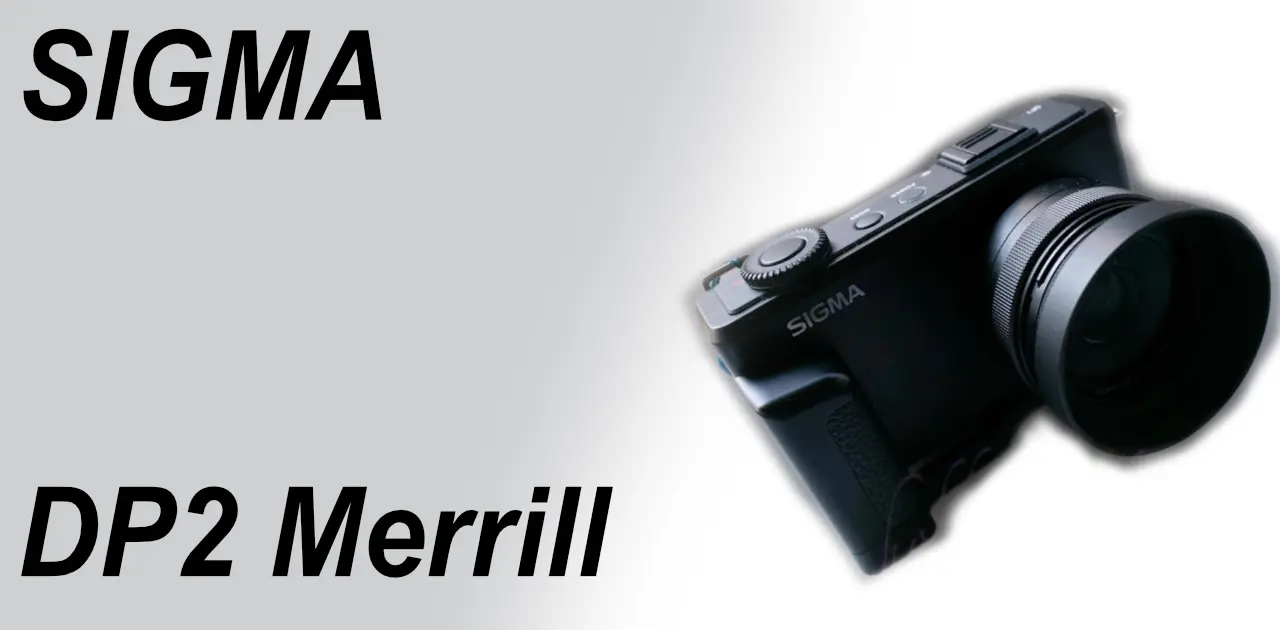

![[商品価格に関しましては、リンクが作成された時点と現時点で情報が変更されている場合がございます。] [商品価格に関しましては、リンクが作成された時点と現時点で情報が変更されている場合がございます。]](https://hbb.afl.rakuten.co.jp/hgb/235400df.ee477efc.235400e0.6479c974/?me_id=1217830&item_id=11050274&pc=https%3A%2F%2Fthumbnail.image.rakuten.co.jp%2F%400_mall%2Femedama%2Fcabinet%2F4170%2F2445720004170_1.jpg%3F_ex%3D128x128&s=128x128&t=picttext)
![[商品価格に関しましては、リンクが作成された時点と現時点で情報が変更されている場合がございます。] [商品価格に関しましては、リンクが作成された時点と現時点で情報が変更されている場合がございます。]](https://hbb.afl.rakuten.co.jp/hgb/06ddf1d8.b245f6d5.06ddf1d9.44d5c3c5/?me_id=1202242&item_id=12288925&pc=https%3A%2F%2Fthumbnail.image.rakuten.co.jp%2F%400_mall%2Fmapcamera%2Fcabinet%2Fused_2470%2F3717019439826_1.jpg%3F_ex%3D128x128&s=128x128&t=picttext)
![[商品価格に関しましては、リンクが作成された時点と現時点で情報が変更されている場合がございます。] [商品価格に関しましては、リンクが作成された時点と現時点で情報が変更されている場合がございます。]](https://hbb.afl.rakuten.co.jp/hgb/461e7ef6.4cee9f81.461e7ef7.138a5eaf/?me_id=1419878&item_id=10002879&pc=https%3A%2F%2Fthumbnail.image.rakuten.co.jp%2F%400_mall%2Fhktrade%2Fcabinet%2F10001428%2Fimgrc0106550349.jpg%3F_ex%3D128x128&s=128x128&t=picttext)
Be First to Comment